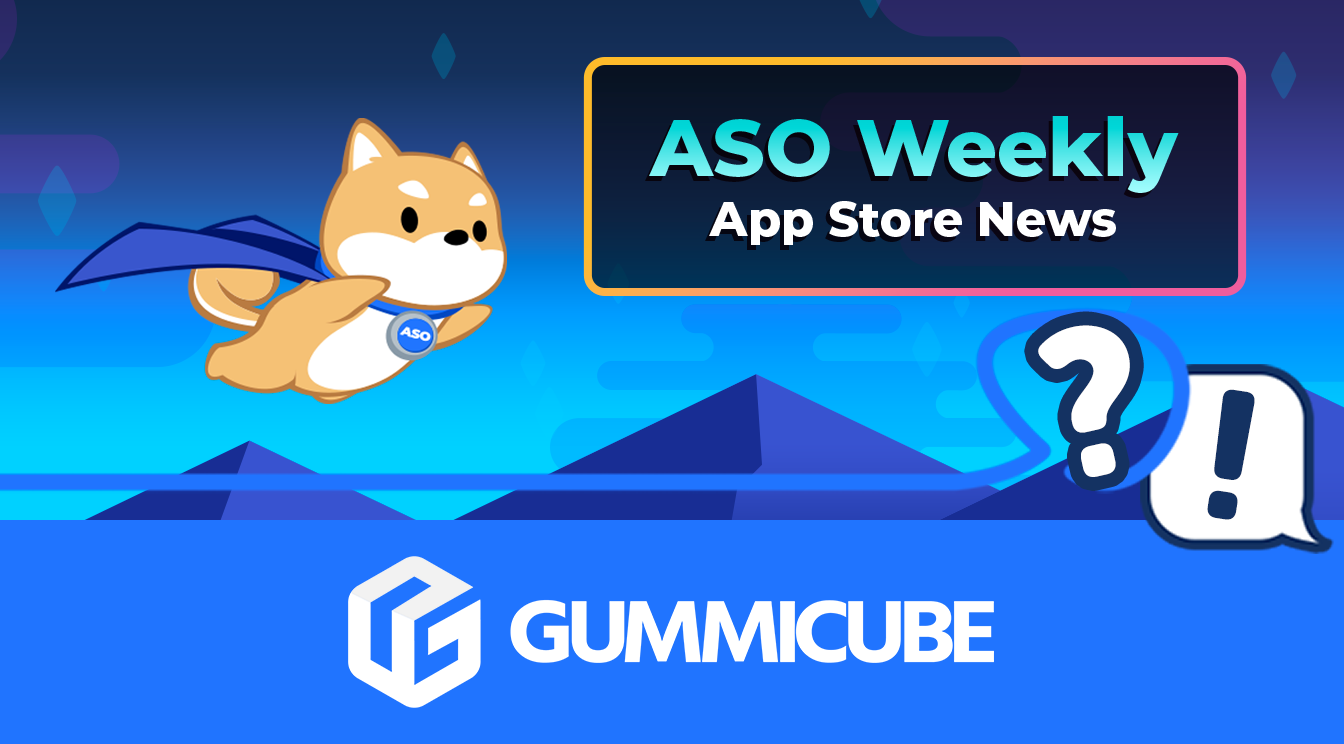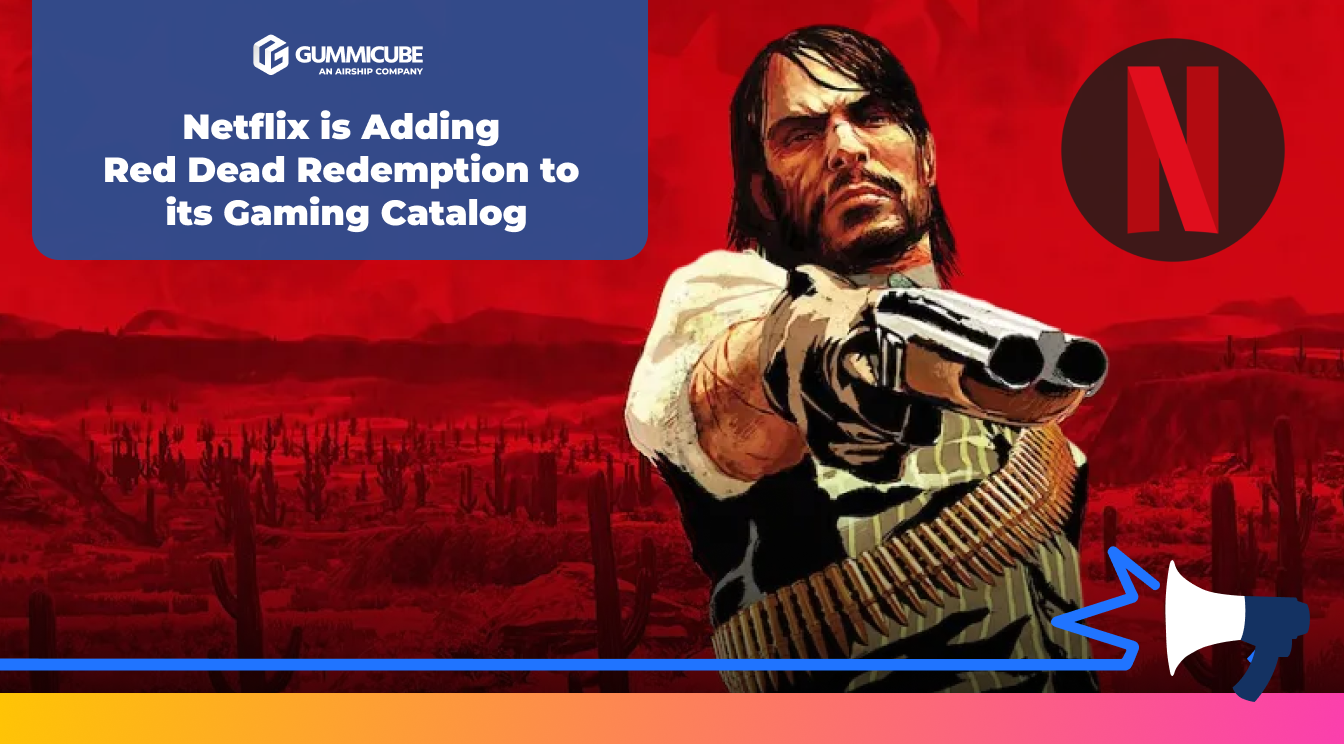ASO Weekly - App Store News
May 14th, 2022


by David Bell
CEO at Gummicube, Inc.
On May 11th, 2022 the Google I/O developers conference introduced several new changes to their app store experience. Many of these new updates could spell exciting things for your App Store Optimization strategy.
Google stated that these changes provide Android developers with better ways to increase conversion and improve user retention. Some Android and iOS developers may even see similarities to Apple’s Custom Product Pages.
Our ASO Company went through the list of changes, so you don’t have to. Here is what you need to know:
Custom Store Listing & LiveOps
Custom Store Listings – Google play has expanded its custom store listings to up to 50 custom pages for each app. Each of these pages has its own deep link and analytics insights. This new addition is similar to Apple’s
Custom Product Pages.
Updated Store Listing Experiments – Developers can get more immediate results to see how their Custom Store Listing is performing. Store Listing Experiments offer developers more freedom to set confidence intervals and check and gauge the duration of tests. This new feature also gives developers recommendations and offers continuous monitoring with the help of advanced algorithms.
LiveOps (beta) – Developers can submit content to be featured on the Play Store. In the beta stages of LiveOps, developers have seen 5% more daily active users and 4% higher revenue after a LiveOps feature. Comparable to In-app Events and Spotlight on iOS, LiveOps has helped developers highlight deals, special events and new features to a relevant target audience.
LiveOps Deep Linking (beta) – With this feature, developers can funnel users directly to the most relevant part of their app or game feature. For example, if a user were to be drawn by a particular discount callout, the LiveOps deep link would take the user directly to where they can find it. Developers can measure the impact of their LiveOps event directly from Live Ops Reporting.
Google Play Commerce
Subscriptions – Developers can create multiple subscription plans without having to create new SKUs. Now, developers can also create custom price structures for added price differentiation.
Prepaid Plans – Developers can set up renewal time frames that are more dynamic and pertinent to a users’ specific needs rather than a one-size-fits-all approach to payments with annual and monthly auto-renewal or one-month prepaid plans.
In-App Messaging – Users can get in-app notifications for missed payments or payment declines. These reminders help reengage users to fix the problem and increase the chances of retention.
Lower Price Points – Purchasing power parity has been a long-standing issue in the space of global pricing. Previously, there were set benchmarks for pricing on Google Play that impaired developers from setting economically equivalent purchasing options. Now, developers can set prices to as little as $0.05 in several emerging markets.
What Happens Next?
While these updates continue to roll out through the year, we’ll be updating you on the effects they may have on your ASO strategy. These new additions are a game-changer for Android developers looking to improve their conversion and user retention rates. For now, it would be best to see how these new features will affect the entire dynamic of the Play Store.
Want to learn more about App Store Optimization? Contact Gummicube and we’ll help get your strategy started.
Similar Articles

Posted on December 19th, 2025
The addition of Red Dead Redemption to Netflix’s gaming catalog represents a meaningful moment in the evolution of mobile gaming and digital distribution.

Posted on December 10th, 2025
App developers have a limited window to identify wake lock issues, strengthen their performance, & protect their long-term visibility in the Google Play Store.

Posted on December 5th, 2025
Developers should focus on regular ASO, A/B testing, and clear communication of an app's value as LLMs learn and recommend apps based on queries.




